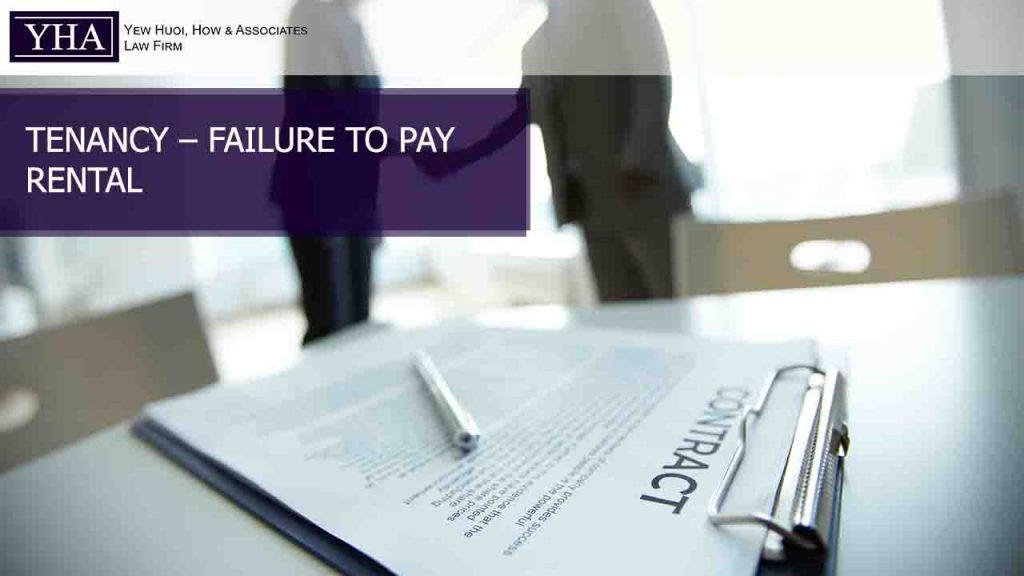Recently, my tenant is citing financial constraint due to the Movement Control Order (MCO) and Conditional Movement Control Order (CMCO) and refused to pay his/her rental. As a landlord, what can I do?
- Step 1: Check your tenancy agreement.

Many landlords are facing issue on how to deal with tenants that refused to pay their rental. - Step 2: Read your tenancy agreement. Check whether your tenancy agreement provide what to do if there is non-payment of rental.
- Step 3: Demand for the outstanding rental and state when is the outstanding rental due.
- Step 4: If there is still no payment, proceed to engage a lawyer to issue a Notice to Quit to your tenant. You may issue a Notice to Quit yourself. Terminate the tenancy agreement on the ground of non-payment of rental.
What is a Notice to Quit?
It is a notice of eviction to inform the tenant the specific time of the eviction from the landlord’s property due to the tenant’s failure to pay outstanding rental and utilities charges.
Notice to Quit is important to calculate double rent.
What is a double rent?
Pursuant to section 28(4)(a) of the Civil Law Act 1956, landlord is entitled to charge double rent from the date of expiry of the notice to quit.
The double rent continues to be chargeable until possession is given by the tenant.
(Rohasassets Sdn Bhd v Weatherford (M) Sdn Bhd & Anor [2020] 1 CLJ 638)

